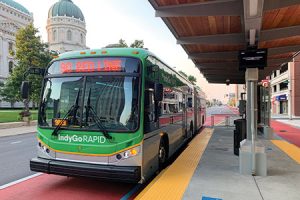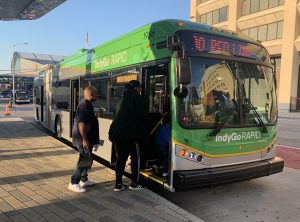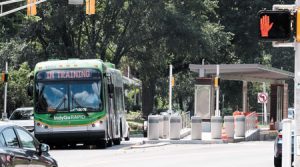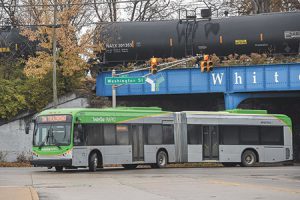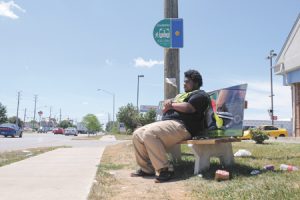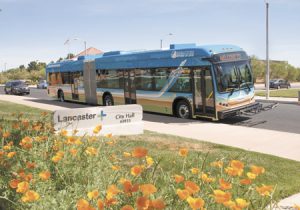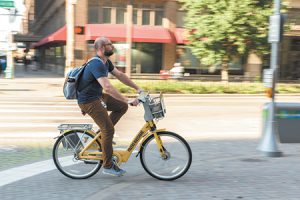
Red Line will remain free through Nov. 10 as IndyGo works out service, payment kinks
The new payment system IndyGo has paid Paris-based tech firm Flowbird Group to design and implement will not be ready by Oct. 1, the day riders were to start paying for Red Line service.


